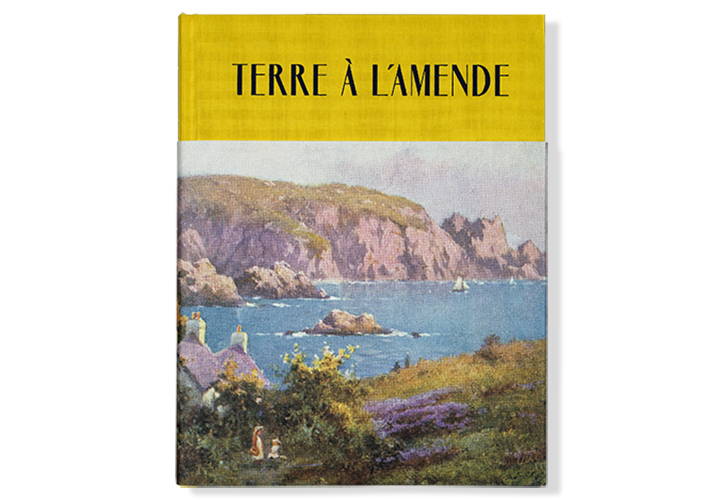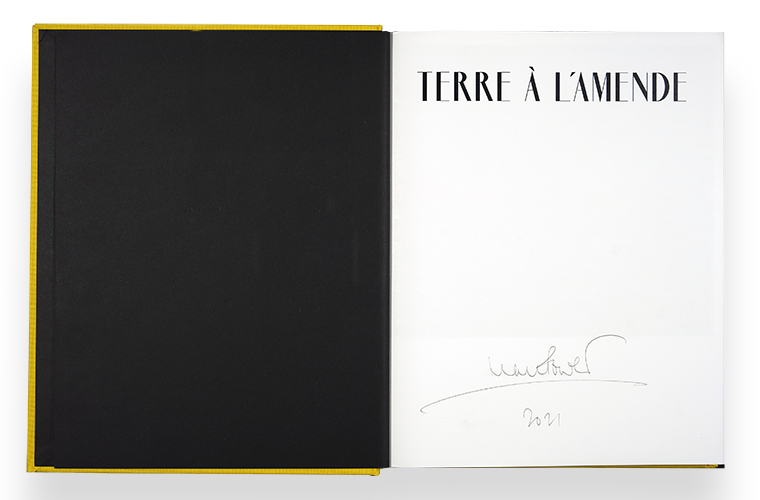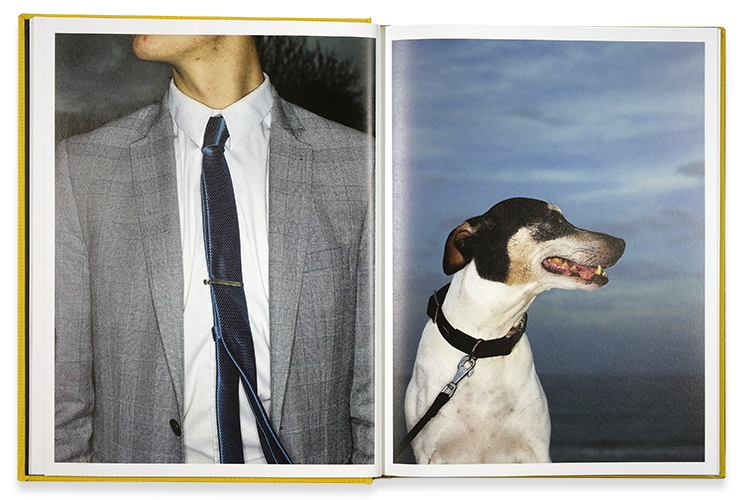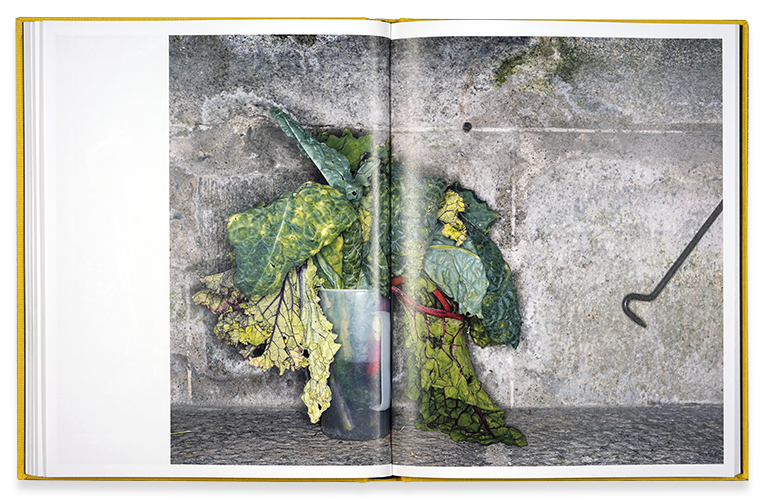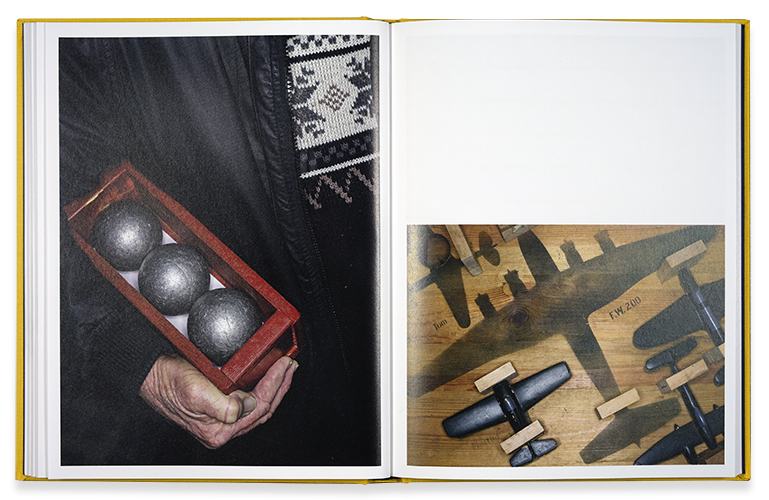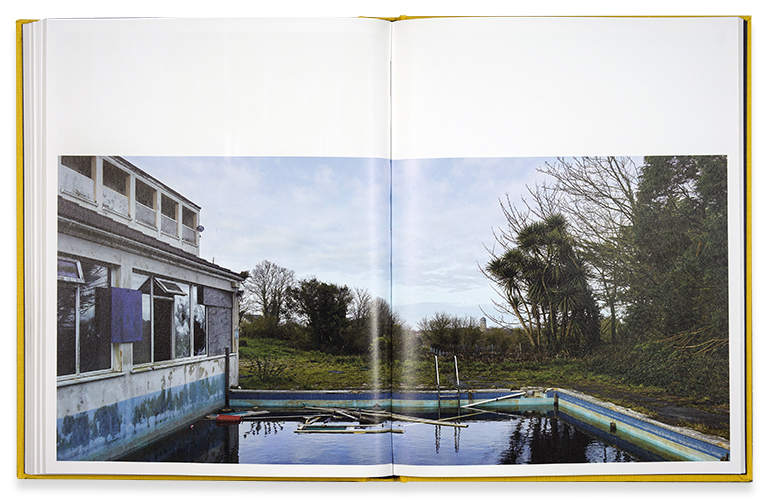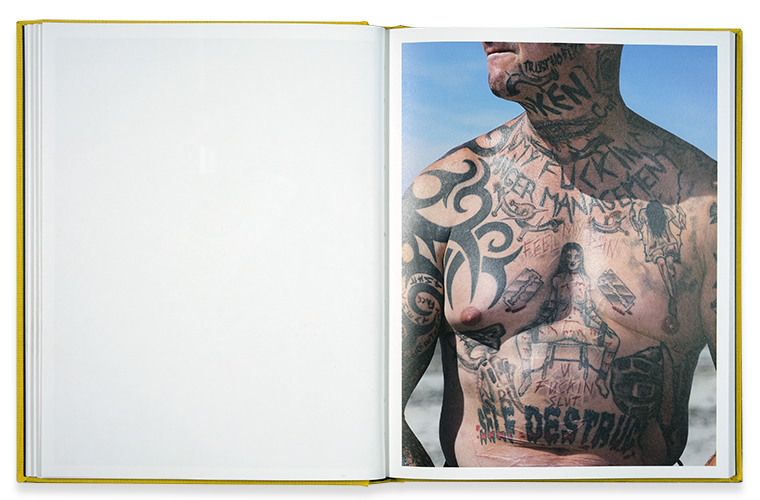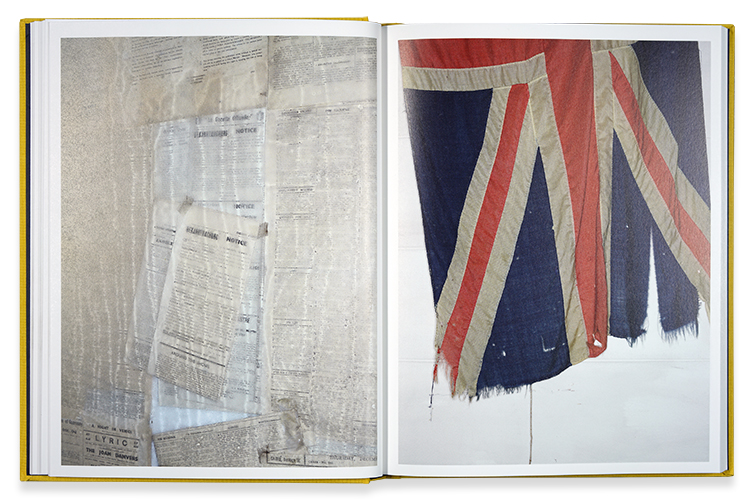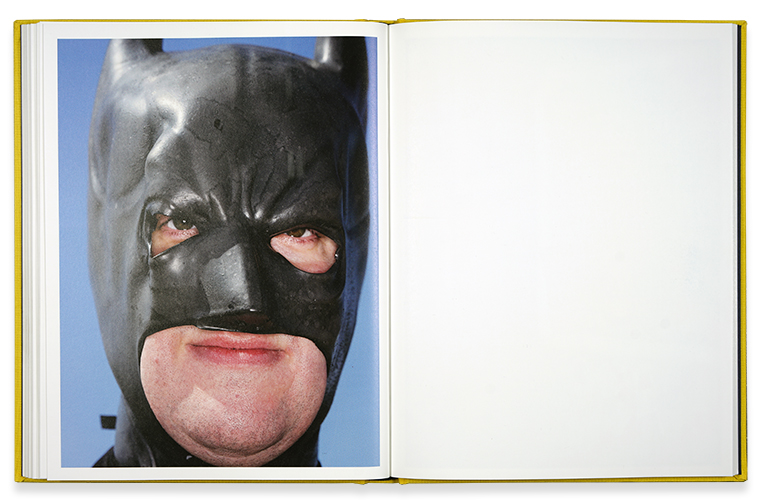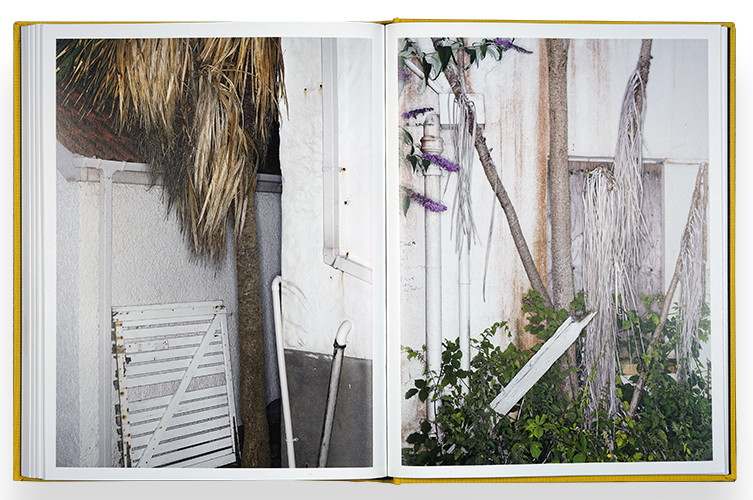Please note: EDITION OF 800; ALL COPIES PURCHASED HERE ARE SIGNED
The pictures in this book are the result of an invitation from Guernsey Photography Festival to participate in their artist-in-residency programme. I made four visits over the course of eighteen months before the work was finally exhibited on the island in Autumn 2018.
Territorially and politically, the Channel Islands, of which Guernsey is the second largest, are complicated. They're not part of the United Kingdom, but they are included in the British Isles and residents are entitled to UK passports; they've never be members of the European Union although the islands lie closer to the coast of northern France than that of southern England.
Guernsey is probably best known for its beach resorts, coastal cliffs, and a history of occupation by German forces during the Second World War, of which much physical evidence remains. It's also home to a thriving financial sector offering substantial tax incentives, and a workforce often on short-term contracts living slightly uncomfortably alongside those born and bread on the island.
The title of the work, Terre à l’Amende, comes from the profusion of signs which give notice of private land and warn of fines for trespassing. Land is a precious commodity in Guernsey – it's a small island (just 25 square miles) with a population of some 63,000 people. These signs, along with mile upon mile of walls and fences delineating private property, only served to reinforce my position as an outsider. However, while crisscrossing the island again and again on foot, it wasn't long before I developed a great fondness for this strange and essentially unique environment.
We had two family vacations on Guernsey when I was a child, and it continues to market itself as an idyllic holiday destination. However, once I started looking it wasn't difficult to see what might lie beneath this somewhat flimsy façade. Walking slowly and relying upon instinct as I sought to make sense of what I was seeing, anything became a potential subject: evocative objects, strange gestures, chance encounters, or even animals that happened to cross my path. Deviating from traditional picturesque representations of landscape, and this one in particular, I instead went in search of a contrary vision, one of an uneasy, unsettling place where all might not be as it seems.
Published by GOST Books (October 2021) and signed by Mark Power
Designed by Stuart Smith and GOST
Edition: 1st edition, 800 copies
128 pages, 80 full colour images
Hardback, clothbound (with foil) and dust jacket; 264 x 210mm
ISBN: 978-1-910401-65-1
£40
